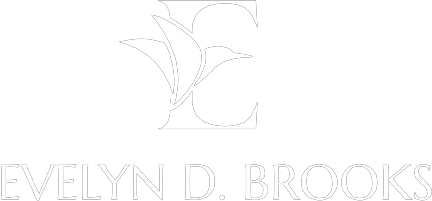When you have a goal in mind, it’s often recommended to consider the end goal. It’s not until you understand what you need to achieve that you know the best steps to take to achieve that goal. In an effort to better understand how to tackle this problem, the field of project management developed the idea of backward. As author Steven Covey recommends this with the concept to “begin with the end in mind.” This article will explain everything you need to know about backward scheduling for your projects.
What is Backward Scheduling?
Simply put, this is a method used to plan out the lifecycle of a project and its phases in reverse order. While some projects are planned from start to finish, you start from the due date and plan it back to the original date. If you’ve ever had to plan a project with just a deadline date, then you’ve probably used this type of planning unconsciously.
The key to backward scheduling is in its allocation of resources. By planning backward from the due date, each stage of the project will have resources attributed to it (whether it’s time, money, or manpower). This allows you to both understand the viability of a project but also how to do it most efficiently.
Why It’s Effective
When you’re managing a project that has a hard deadline, you’ll find this method is incredibly effective. You can first use it to determine if the deadline is reasonable or not. If you’re under time constraints and aren’t sure that the steps will be finished on time, having a backward calendar can help you to demonstrate this to a client as well as provide guidelines on how you can plan out a more realistic delivery date. It also helps you better understand if the project has any bottlenecks or difficulties that would cause problems.
If you do have time constraints, you can also use a backward scheduling process to make adjustments and speed up certain processes or tasks in order to meet the delivery date. You’ll have your plan that can be shown to other project managers or department heads what you need and when you’ll need it so that they can coordinate with you. It also allows you to more concretely request resources as you are able to show where they a needed and how they’d be used.
Tips on Using Backward Scheduling
To get started making a backward schedule, you’ll start with the due date and then work backward through the process. It’s best to start broadly and then fill in the details. You can use tools like MS Project to perform this task. For example, your project may consist of three phases and you anticipate each will take three weeks to complete. Write down the phases and then fill in the tasks of each phase with a due date for each item in order to meet that deadline. You can then measure the resources it will take to accomplish each phase. By the end of the scheduling process, you will have a better idea of how viable the project is as well as what’s required to complete it.


I simply could not depart your site prior to suggesting that I actually enjoyed the usual info a person provide for your guests? Is going to be again frequently to investigate cross-check new posts.